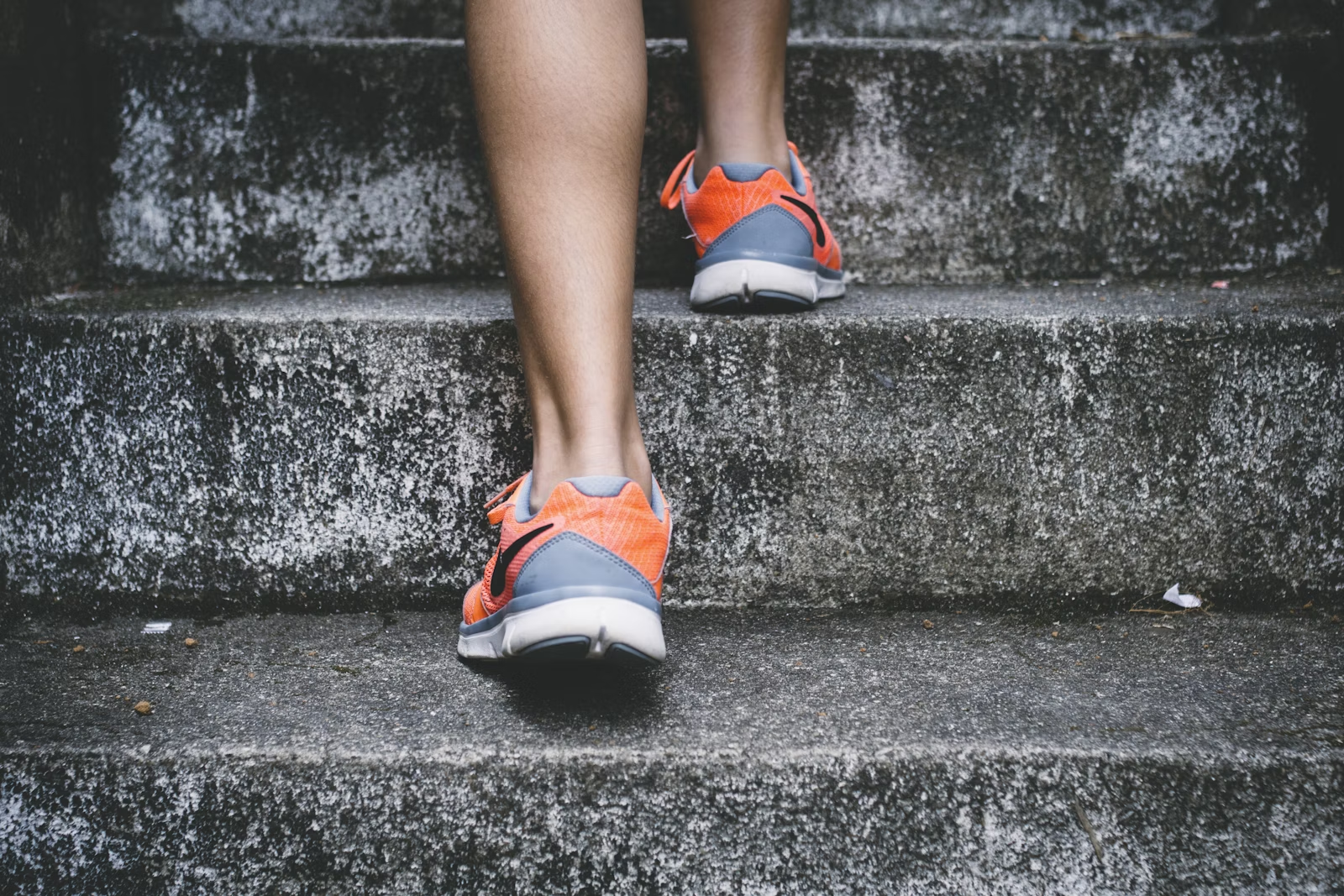
Introduction
Allergy days aren’t random—they follow season + weather. Tree pollen often spikes in spring mornings, grasses through early summer, ragweed late summer into fall. Wind lifts pollen; rain can tamp it down or kick spore counts up afterward. With a tiny daily planning ritual and a few home/route tweaks, you can enjoy the season without surrendering your plans. This is general information—work with a clinician for diagnosis and treatment, especially if you have asthma or severe symptoms.
The 3‑number check (60 seconds each morning)
-
Pollen forecast: tree/grass/weed levels for your area (low/moderate/high).
-
Wind: higher wind → more airborne pollen; calm or still mornings may feel easier.
-
AQI (air quality): smoke/ozone can stack with pollen—treat high AQI like a red flag for long outdoor efforts.
Time your activities
-
Better windows: After steady rain, evenings on hot/dry days, and early mornings on not‑too‑windy days.
-
Tough windows: Dry, windy midday; first hot days of a new pollen phase; lawn‑mowing hours (if grass is your trigger).
Route choices (small changes, big relief)
-
Choose: riverside paths, shaded streets, and parks without fresh mowing.
-
Avoid: ridge lines on windy days, bouquets of blooming trees, and fields during peak grass times.
-
Urban tricks: Walk downwind to upwind (start into the breeze so return feels easier). Pick routes with less traffic if AQI is poor.
Home base setup
-
Windows: Close during high pollen or mowing; ventilate after rain or in low‑pollen hours.
-
HVAC: Use a MERV‑rated filter your system supports; replace on schedule.
-
Shoes & jackets: Leave by the door; quick rinse face/hands after outdoor time.
-
Laundry: Pillowcases and frequently worn outer layers more often in peak season.
Personal toolkit
-
Saline nasal rinse (follow device hygiene instructions) after high‑pollen exposure.
-
Sunglasses/hat to reduce eye exposure outside.
-
Mask (well‑fitting) on mowing/leaf‑blowing days or when counts are extreme.
-
Hydration and shower before bed reduce night symptoms for many.
Workouts & kids’ activities
-
Move hard workouts indoors on red‑flag days (treadmill, bike, circuits).
-
For kids, choose playgrounds with fewer grasses/trees in bloom; plan indoor alternatives when counts spike.
Travel & season shifts
-
New region, new plants. Check the local pollen calendar the week you arrive and pack your toolkit. If you use medications, discuss travel timing and dosing with your clinician beforehand.
When to talk to a clinician
-
Symptoms most days, nighttime cough/wheeze, frequent sinus infections, or reduced exercise tolerance. Ask about testing, avoidance strategies, and treatment options that fit your profile.
Daily action plan (copy/paste)
-
Check: pollen + wind + AQI.
-
Plan: outdoor window + route with least triggers.
-
Prep: hat, sunglasses, tissues/mask if needed.
-
Rinse: saline after exposure, shower before bed on tough days.
-
Record: brief note if symptoms were high; patterns help.
Quick checklist
□ Morning 3‑number check
□ Windows & HVAC set for the day
□ Route chosen (shade/water, no fresh mowing)
□ Toolkit packed (hat/sunglasses/rinse)
□ Short symptom log kept
Bottom line: Let weather + pollen + AQI guide your timing and routes, and keep a small toolkit ready. You’ll do more of what you love—with fewer sneezy detours.

